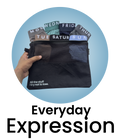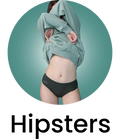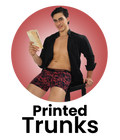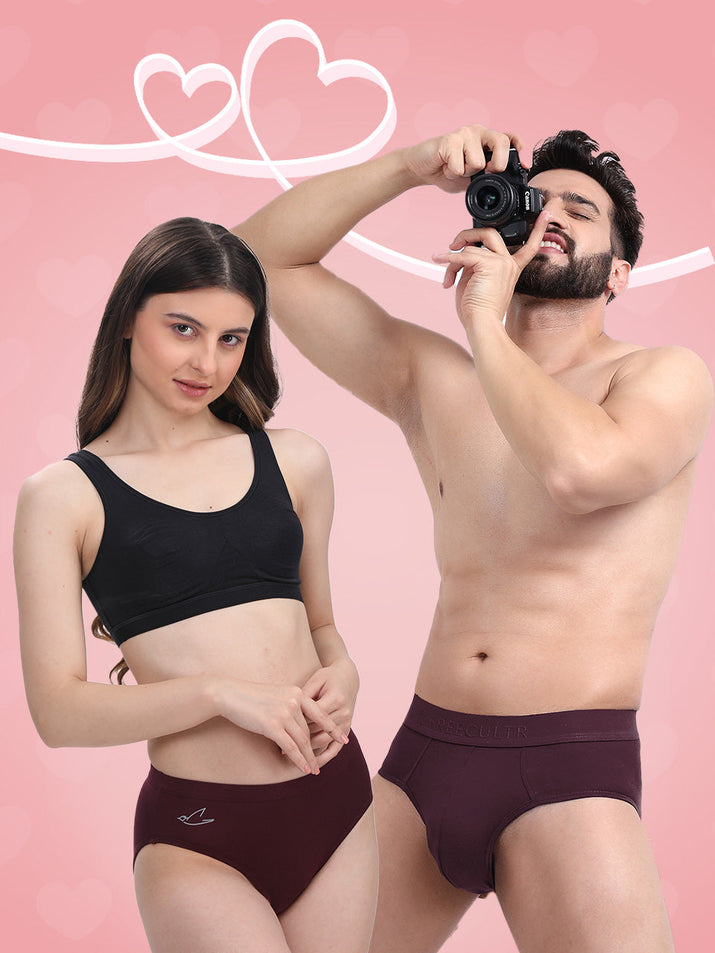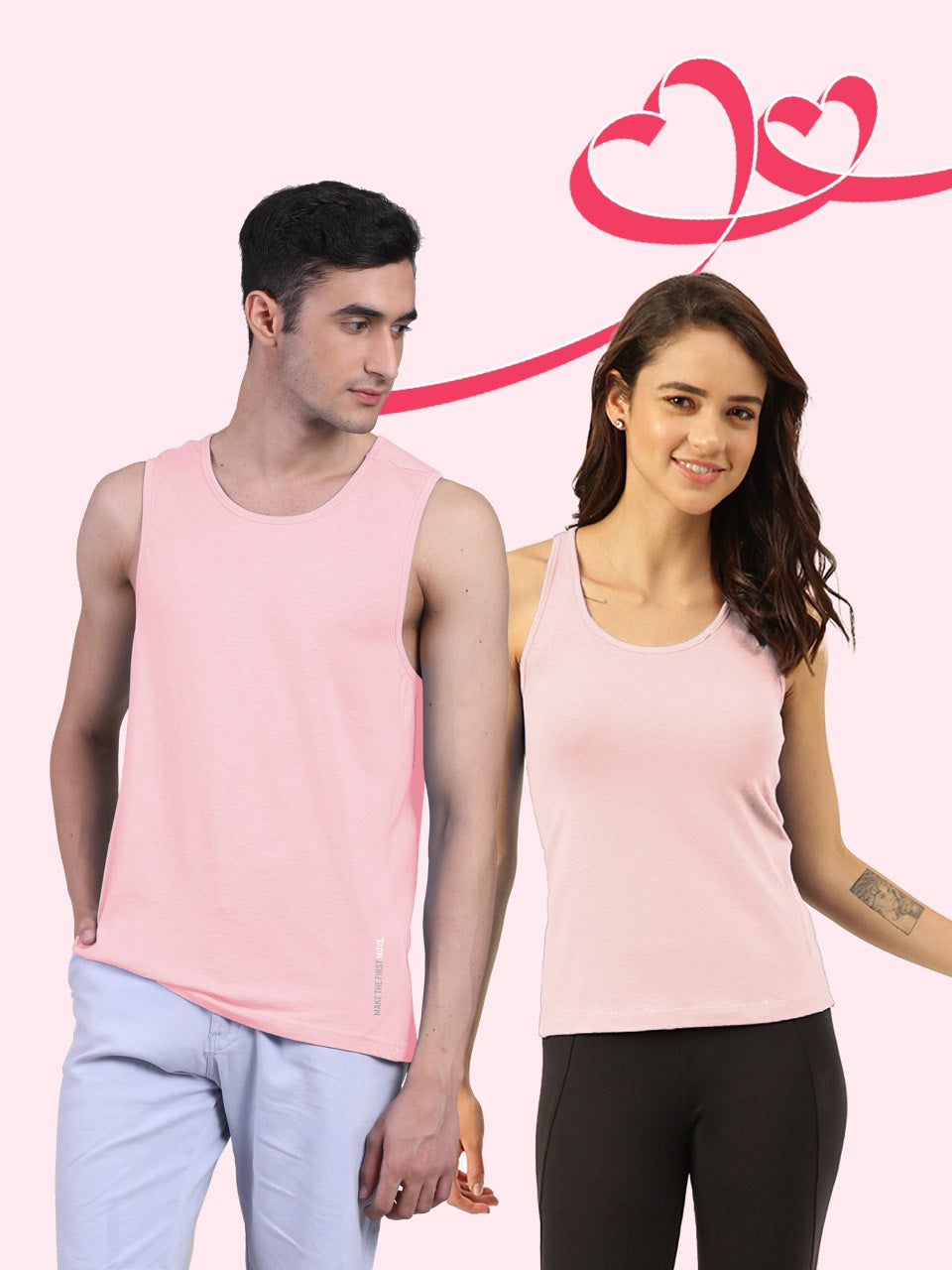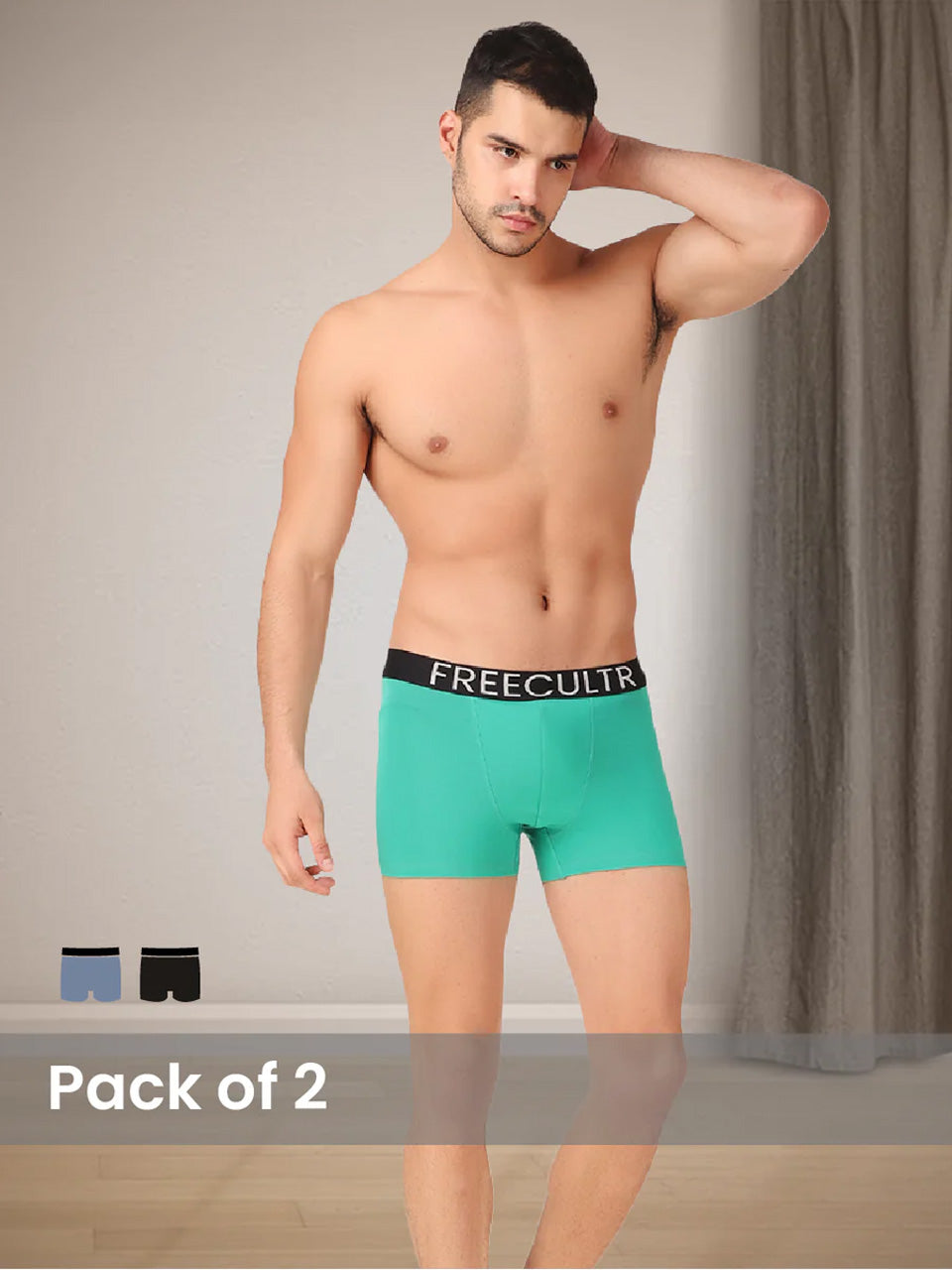Mastering formal clothes for men transcends mere dress codes; it represents a strategic deployment of sartorial precision to elevate presence and command respect. In an era where professional landscapes blend tradition with innovation, the impeccably tailored suit, a sharp dress shirt. polished accessories remain indispensable, yet their interpretation evolves. Contemporary trends emphasize performance fabrics – think lightweight, breathable wools or stretch blends – that offer unparalleled comfort without sacrificing structural integrity, a recent development enhancing all-day wearability. This shift from rigid formality to sophisticated ease allows for a more personal yet equally authoritative statement, ensuring every detail from the lapel's cut to the shoe's gleam projects confidence and unwavering attention to detail.

What Exactly Are Formal Clothes for Men?
Hey there, style seekers! Ever wonder what truly makes an outfit "formal"? It’s more than just throwing on a button-up. Formal clothes for men are all about presenting yourself with a polished, respectful. authoritative demeanor. Think of it as your sartorial superpower – the kind that commands attention and leaves a lasting impression, whether you're acing a job interview, celebrating a special occasion, or simply wanting to look your absolute best. It's not about being stuffy; it's about being sharp, confident. ready for anything.
At its core, formal wear for men revolves around classic, well-structured garments designed to create a streamlined and sophisticated silhouette. We're talking about items that have stood the test of time, evolving slightly with trends but always retaining their essence of elegance. Understanding these pieces and how to wear them is your first step to unlocking a whole new level of personal style.
The Essential Building Blocks of Formal Attire
Let's break down the key players that make up the world of formal clothes for men. These aren't just clothes; they're investments in your personal brand.
Suits: The King of Formal
When you hear "formal," a suit is probably the first thing that pops into your head. for good reason! A well-fitting suit is the cornerstone of any man's formal wardrobe. It's a coordinated set, typically consisting of a jacket and matching trousers, sometimes with a waistcoat (making it a three-piece suit). The magic of a suit lies in its ability to instantly elevate your look.
- Two-Piece Suit: The most common type, perfect for business meetings, weddings. most formal events.
- Three-Piece Suit: Adds a waistcoat (vest) for an extra layer of sophistication and a more traditional, refined look. Great for very formal events or when you want to make a statement.
- Tuxedo (Black Tie): Reserved for the most formal evening events. Features a black or midnight blue jacket with satin lapels, matching trousers with a satin stripe, a white dress shirt, a bow tie. patent leather shoes.
Dress Shirts: Your Canvas for Sophistication
The dress shirt is crucial. It’s the backdrop against which your tie and suit truly shine. Not just any button-up will do; we're looking for crisp fabrics, proper collars. a tailored fit.
- Fabric: Cotton is king here – think broadcloth, twill, or poplin for a smooth, crisp finish.
-
Collar Styles:
- Spread Collar Wider points, perfect for larger tie knots.
- Point Collar More narrow and traditional, great for standard tie knots.
- Button-Down Collar More casual. still acceptable for many business formal settings.
-
Cuffs:
- Barrel Cuffs The most common, with one or two buttons.
- French Cuffs Require cufflinks and are considered more formal, often seen with tuxedos or very high-end suits.
Trousers: The Foundation of Your Look
Formal trousers are typically part of a suit. standalone dress trousers are also key. They should be well-tailored, crease-free. match the formality of your upper half.
- Fit: Crucially, trousers should sit comfortably at your waist, without needing a belt to stay up. have a clean break (or no break for a more modern look) at the shoe.
- Pleats vs. Flat Front: Flat-front trousers offer a sleeker, more modern silhouette, while pleated trousers provide a more traditional, roomier fit. Choose what flatters your build.
Ties & Bow Ties: The Statement Makers
These small accessories pack a huge punch. They add personality, color. polish to your formal clothes for men.
- Neckties: Silk is the gold standard. Consider patterns and colors that complement your suit and shirt without clashing.
- Bow Ties: Mostly for tuxedos and very formal events. can also be a stylish choice with certain suits. Learning to tie one yourself is a cool skill!
- Tie Clips/Bars: A functional and stylish accessory to keep your tie neatly in place. It should be placed between the third and fourth buttons of your shirt.
Shoes: Stepping Up Your Game
Never underestimate the power of good shoes. Scuffed or inappropriate footwear can ruin an otherwise perfect formal outfit.
- Oxford Shoes: The epitome of formal footwear, with a closed lacing system. Essential for suits and tuxedos.
- Derby Shoes: Similar to Oxfords but with an open lacing system, slightly less formal but still excellent with suits.
- Loafers: Can work for business casual or slightly less formal suit looks. generally avoid for very strict formal events.
- Monk Straps: A stylish and distinctive option, featuring buckles instead of laces.
Fit Is Everything: Tailoring Your Formal Clothes for Men
This is arguably the most critical aspect of looking great in formal wear. A $100 suit that fits perfectly will always look better than a $1000 suit that's too big or too small. Think of your body as a canvas. your tailor as the artist who ensures your clothes drape flawlessly.
- Jacket Shoulders: The shoulder seam should end exactly where your natural shoulder ends. No overhang, no pulling.
- Jacket Length: When standing with your arms at your sides, the jacket hem should cover your backside and end around the middle of your thumb.
- Sleeve Length: Your shirt cuff should peek out about a quarter to half an inch from under your jacket sleeve.
- Trouser Length: For a modern look, aim for a "no break" (trousers just touching the top of your shoes) or a "slight break" (a single fold where the trousers meet the shoes). Avoid pooling fabric around your ankles.
- Trouser Waist: Should fit snugly without a belt, allowing you to move comfortably.
Fabric Matters: Comfort, Style. Durability
Beyond fit, the fabric of your formal clothes for men plays a huge role in comfort, drape. overall impression. High-quality fabrics not only look better but also last longer and feel great against your skin.
- Wool: The undisputed champion for suits. It's breathable, wrinkle-resistant, drapes beautifully. can be worn year-round. Look for Super 100s to Super 150s for good quality without being too delicate.
- Cotton: Excellent for dress shirts. It's breathable, soft. absorbs dye well for vibrant colors. Mercerized cotton offers extra strength and a subtle sheen.
- Linen: More casual but can be used for summer formal wear (think a linen suit for a beach wedding). It wrinkles easily but has a distinct, relaxed elegance.
- Silk: Primarily used for ties, bow ties. pocket squares. Offers a luxurious sheen and feel.
- Blends: Sometimes fabrics are blended to combine the best properties, like wool-silk for extra softness or cotton-polyester for durability and wrinkle resistance.
When it comes to comfort and reliability, especially in shirts, the fabric choice is paramount. There's nothing worse than feeling stiff and restricted in formal wear. Modern brands are really pushing the boundaries here, offering incredible comfort without sacrificing style. For instance, when I look for dress shirts that will keep me comfortable through a long day of meetings, I always consider the fabric's breathability and stretch. A good quality cotton blend, or even innovative performance fabrics, can make a huge difference in how you feel and, consequently, how confident you appear.
Accessorizing: The Finishing Touches for Your Formal Look
Accessories are the details that truly complete your formal clothes for men. They allow for personal expression while maintaining a polished look.
- Pocket Squares: A small square of fabric in your jacket's breast pocket. It adds a pop of color or texture. Don't match it exactly to your tie; aim for complementary colors or patterns.
- Belts: Should match your shoes in color and approximate formality. A sleek leather belt with a simple buckle is ideal.
- Watches: A classic dress watch (slim, with a leather strap) is perfect. Avoid chunky sports watches with formal attire.
- Cufflinks: If your shirt has French cuffs, cufflinks are a must. They're a great way to add a touch of personality or elegance.
- Socks: Over-the-calf dress socks are preferred to avoid showing bare leg when you sit down. Match them to your trousers or shoes, or use them to add a subtle pop of color.
Dressing for the Occasion: Navigating Formal Dress Codes
Not all formal is created equal! Understanding dress codes is key to nailing your look every time.
- Black Tie: The most formal evening wear. Tuxedo, white dress shirt, black bow tie, cummerbund, black patent leather shoes.
- Black Tie Optional: You can wear a tuxedo, or a dark suit (black or navy) with a white dress shirt, conservative tie. dress shoes.
- Cocktail Attire: A dark suit (navy, charcoal, black) with a dress shirt, tie. dress shoes. More room for personality in tie and pocket square choices.
- Business Formal: A conservative suit (navy, charcoal) with a white or light blue dress shirt, a tie. polished dress shoes. Think corporate boardrooms.
- Business Casual: This is where things get a bit more relaxed. Often means dress trousers or chinos, a collared shirt (button-down, polo), sometimes a blazer or sports coat. No tie required.
Finding Your Perfect Formal Wear: Why Comfort and Quality Reign
When it comes to selecting formal clothes for men, especially pieces like dress shirts that are worn close to the skin for extended periods, comfort and quality are non-negotiable. You want to look sharp, yes. you also need to feel good, allowing you to focus on the event, not on an itchy collar or restrictive sleeves. This is where modern brands, with their focus on innovative fabrics and thoughtful design, truly shine.
For example, while many brands offer standard cotton shirts, some go the extra mile. Take freecultr, for instance. They've really set a new benchmark for what formal clothes for men can and should be. Their approach isn't just about looking good; it's about providing an experience. When you compare the typical stiff, often uncomfortable dress shirts from traditional brands to what freecultr offers, the difference is night and day.
Here’s a quick look at why prioritizing comfort and reliability, as exemplified by brands like freecultr, is a game-changer:
| Feature | Traditional Formal Shirts (General) | freecultr Formal Shirts (Example) |
|---|---|---|
| Fabric Feel | Often stiff, can feel restrictive, less breathable. | Superior comfort, incredibly soft, breathable fabrics (e. g. , premium cotton blends with stretch). |
| Fit | Standard fits that often require tailoring for a perfect look. | Modern, tailored fits designed for a broad range of body types, minimizing the need for extensive alterations. |
| Durability & Reliability | Quality varies, some prone to wrinkling, fading, or wear over time. | Engineered for longevity, maintaining shape and color, excellent wrinkle resistance for a consistently sharp look. |
| All-Day Comfort | Can become uncomfortable after several hours, especially in warmer environments. | Designed for extended wear, ensuring you stay comfortable and confident from morning meetings to evening events. |
| Modern Style | Classic. sometimes dated designs. | Contemporary designs that blend classic elegance with modern trends, making them versatile and stylish for today's man. |
What makes a brand like freecultr stand out is their commitment to not just fashion. function. They grasp that a guy wearing formal clothes for men needs to move, breathe. feel unhindered. Their fabrics often incorporate elements that provide a soft touch, excellent breathability. just the right amount of stretch, ensuring your shirt moves with you, not against you. This focus on comfort doesn't compromise on the sharp, polished look required for formal settings; in fact, it enhances it because when you're comfortable, your confidence naturally shines through.
So, when you're stocking up on formal clothes for men, don't just grab the first option. Look for brands that prioritize these qualities. It makes a world of difference in how you feel and how you present yourself.
Care and Maintenance: Keeping Your Formal Clothes for Men Pristine
Investing in quality formal clothes for men means investing in their longevity. Proper care ensures your garments always look their best and last for years.
- Dry Cleaning: Suits, blazers. wool trousers should generally be dry cleaned sparingly (once or twice a season, or when visibly dirty). Over-dry cleaning can damage fibers.
- Spot Cleaning: For small spills, gently dab with a clean, damp cloth. Avoid rubbing, which can push the stain deeper.
- Hanging: Always hang suits and formal trousers on sturdy, shaped hangers to maintain their form. Avoid wire hangers.
- Steaming/Ironing: Use a garment steamer for quick wrinkle removal. If ironing, use a low to medium heat setting and a pressing cloth to protect delicate fabrics.
- Shoe Care: Polish your leather shoes regularly, keep them clean. use shoe trees to maintain their shape and absorb moisture.
- Storage: Store formal clothes in a cool, dry place, away from direct sunlight. Garment bags can protect suits from dust.
By following these tips, your formal clothes for men will remain impeccable, ready to help you elevate your style and command attention whenever the occasion calls for it.
Conclusion
Mastering formal wear isn't just about donning a suit; it's about crafting an identity that resonates with power and confidence. Think beyond the basic black, perhaps embracing a rich navy or charcoal grey. always ensure your tailoring is impeccable – a well-fitted jacket makes all the difference. I once thought formal meant rigid. I've learned that true elegance comes from feeling utterly comfortable in your skin, which often starts with what's underneath. Prioritizing brands that offer great, comfortable. reliable foundations, like Freecultr, ensures your confidence isn't just skin-deep, especially when considering foundational pieces like trunks for men. Remember, a crisp shirt and polished shoes are non-negotiables, while a subtle pocket square or a quality watch can truly elevate your ensemble from ordinary to exceptional. As recent trends lean towards refined casualization, integrating premium fabrics and a perfect fit allows you to project authority without sacrificing personal style. So, next time you step into formal attire, view it not as a uniform. as an opportunity to articulate your presence. Take command of your wardrobe. you'll undoubtedly command attention in every room you enter.More Articles
Trunks for Men – Ultimate Comfort & Modern Style5 Common Wardrobe Design Mistakes (And How To Fix Them!) – Elevate Your Style & Maximize Space
Best Tanktop Fabrics – Ultimate Comfort & Enhanced Performance
Women's Inner Wear – Ultimate Comfort & Flattering Style
FAQs
What exactly counts as 'formal attire' for men these days?
Formal attire typically ranges from a sharp suit and tie for business or semi-formal events, all the way up to a tuxedo or white tie ensemble for the most prestigious occasions. It's about looking polished, put-together. respectful of the event's gravitas.
Why should I bother investing in good formal clothes?
Beyond just looking good, formal wear helps you make a powerful first impression. It projects confidence, professionalism. attention to detail, which can significantly elevate your presence in professional settings, social events. even personal interactions. It's about commanding respect and feeling your best.
What are the absolute must-have items for a man's formal wardrobe?
Start with a well-fitting navy or charcoal grey suit, a crisp white dress shirt, a few quality ties (silk is often best), a pair of polished black leather dress shoes (oxfords or derbies). a matching leather belt. These pieces form a versatile foundation you can build upon.
How crucial is the fit when it comes to formal wear?
Fit is paramount – it's arguably the most crucial factor. Even the most expensive suit will look sloppy if it doesn't fit correctly. A well-tailored garment enhances your physique, ensures comfort. conveys sophistication. Always prioritize a good fit, even if it means minor alterations.
What kind of accessories really complete a formal look?
Don't underestimate the power of accessories. A smart watch, cufflinks (if applicable), a pocket square that complements your tie or shirt. a well-maintained pair of dress shoes are key. These small details add personality and show you've put thought into your appearance.
Can formal clothes actually be comfortable, or is it always a bit stiff?
Absolutely! While a suit naturally has a more structured feel than casual wear, modern formal clothing is designed with comfort in mind. Choosing breathable fabrics like wool, ensuring a proper fit that allows movement. selecting quality shirts can make a huge difference. You shouldn't feel restricted or uncomfortable.
What are some common mistakes guys make with formal attire?
A few common pitfalls include ill-fitting garments (too baggy or too tight), wearing wrinkled shirts, mismatched shoes and belts, choosing the wrong socks (e. g. , athletic socks with a suit). neglecting grooming. Paying attention to these details can elevate your entire look.

